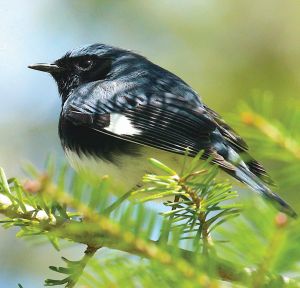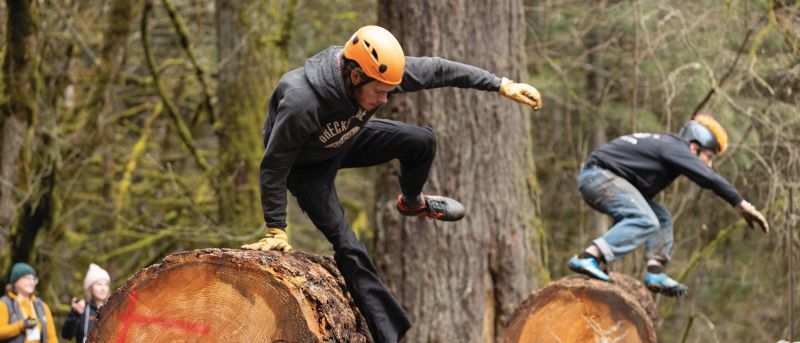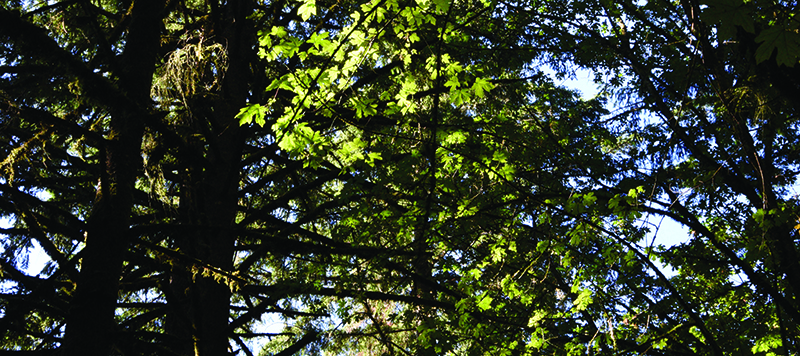
As world leaders convened in September in New Delhi, India for the 2023 G20 Summit, they were handed policy briefs created by Think 20 (T20) Engagement group to inform their discussion and decisions, including one, led by Rajat Panwar, an associate professor at the College of Forestry.
“Essentially the work of the T20 is to provide scientific input to the world leaders for the G20,” Panwar said. “Each taskforce focuses on a different concern or issue relevant to this year’s G20, from climate change to global conflict, and synthesizes their research into a single policy brief and recommendations.”
Initiated in 2012, The T20 is independent from national governments and comprised of think tanks and academia from all over the world. The engagement group does not advocate or campaign around specific ideas, but instead generates insightful policy proposals, synthesized into policy briefs and presented to G20 working groups, ministerial meetings, and leaders to help the G20 deliver concrete policy measures.
As a lead author of one of the policy briefs produced by a T20 taskforce focused on Accelerating Sustainable Development Goals, Panwar worked in partnership with four other high-level experts for four months to produce the policy brief Aligning G20 Industrial Policies with Biodiversity Conservation. Though their work consisted of many drafts and multiple revisions, they were also asked to summarize their work into a sentence or two.
“Though we had so much to say,” said Panwar, “Our key conclusion was that biodiversity conservation cannot be left to markets. G20 countries must make biodiversity conservation a core priority in industrial policies related to investments and manufacturing.”
Panwar’s policy brief group included Nagesh Kumar, Director, Institute for Studies in Industrial Development, India, VB Mathur, Former Chairperson, National Biodiversity Authority, India, Maria Jose Murcia, Associate Professor, Austral University, Argentina and Jonatan Pinkse, Professor, The University of Manchester, UK.
In addition to his work for the G20, Panwar is the lead author for a chapter on business and biodiversity in the upcoming assessment by The Intergovernmental Science-Policy Platform on Biodiversity and Ecosystem Services (IPBES). He’s also the lead author for the “Bioeconomy Assessment for Latin America” conducted by the Food and Agriculture Organization of the United Nations. In 2022, he was co-author on the State of the World’s Forest report published by the Food and Agriculture Organization of the United Nations.











